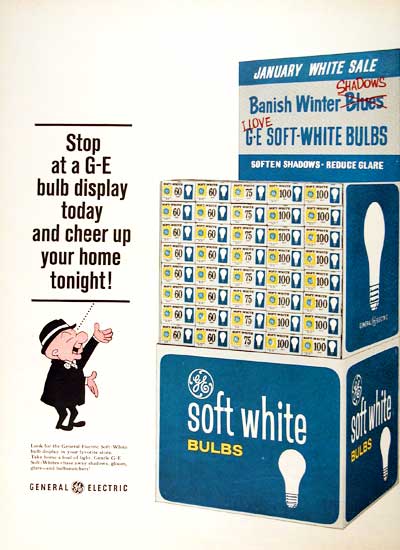

Robert Hamer's third Ealing film as director is a bleak, claustrophobic melodrama, showing a seamy side of life. Beautifully shot, with film noir-ish touches and a final pursuit sequence up there with the best. What we see is a morally bankrupt microcosm of post-WWII society, where most characters grab what they can, with no regard for anyone else. Lighter moments can be found, mostly surfacing as sarcastic asides.
Very early in the film, and reprised at the end, the locked grilles of Whitechapel Underground station stand indicative of enclosure, of being trapped; whether it be by prison (Swann), domesticity (the Sandigates), the rain (everyone). Escape, even by suicide, is (perhaps) impossible - even the parallel but entirely separate attempts by the two leading characters are doomed to failure.







THE BRITISH FILM INSTITUTE
Volume 14, No.168, December 1947, page 171
IT ALWAYS RAINS ON SUNDAY (1947)
Drama of an escaped convict. Tommy Swann, who has escaped from Dartmoor, makes his way on a wet Sunday to the Bethnal Green home of Rose Sandigate, with whom he had a love affair some years before, and whom he feels he can trust to help him. Rose has been married for some time to the respectable middle-aged George Sandigate. She naturally cannot take her husband or her two stepdaughters, with whom she is on bad terms, into her confidence, and spends a wretched Sunday of suspense, hiding Tommy in her bedroom. Eventually the convict's presence in the house is discovered by a newspaper reporter; but Tommy escapes, and Rose, in her fear of the results of her complicity, attempts to gas herself, but fails. Tommy is caught eventually after a long chase which culminates in a railway yard.
Though the background of this film is carefully done, and direction and acting good, it is a sordid and dreary affair. Those people who are not spivs or minor crooks have little else to commend them, and the only decent and likable character - apart from the Detective Sergeant, played by Jack Warner - is George Sandigate, who is well portrayed by Edward Chapman. The suspense which one is meant to feel about Tommy Swann is vitiated by the fact that, as played by John McCallum, he is so unpleasant that it would obviously be better to have him back in prison; and the sympathy which might be felt for Googie Withers as Rose is weakened by the bad temper and ill will which she shows to her husband and stepdaughters. It is, perhaps, a pity that thousands of honest cheerful citizens of Bethnal Green could not have had a stronger representation, but for those who like serious portrayals of a section - a very minor section - of East End life it can be recommended. The music is, in places, self-sufficing. But far from harming the musical support of the visual, this circumstance actually contributes to the significance of the film as a whole.
The Monthly Film Bulletin was published by the British Film Institute between 1934 and 1991. Initially aimed at distributors and exhibitors as well as filmgoers, it carried reviews and details of all UK film releases. In 1991, the Bulletin was absorbed by Sight and Sound magazine.











































